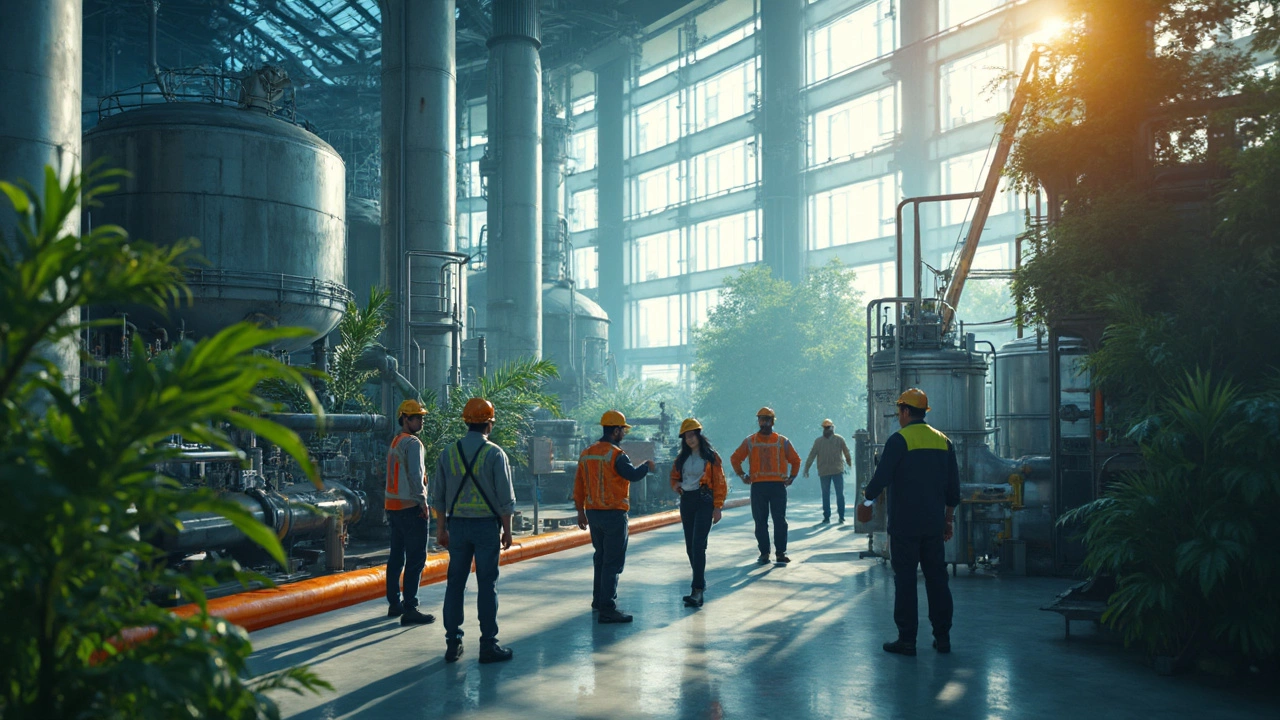Steel Mill Closures – What They Mean for India’s Economy
When looking at steel mill closures, the permanent shutdown of steel production facilities, often driven by market pressure, policy shifts, or environmental compliance costs. Also known as plant shutdowns, they are a core signal of change in the steel industry, the sector that turns iron ore into the steel used for construction, automobiles, and appliances. These closures don’t happen in a vacuum – they ripple through the manufacturing sector, the broader network of factories that rely on steel as a raw material, and they reshape local employment patterns.
Key Impacts to Watch
The first ripple is on local employment, the jobs directly tied to a mill and the ancillary roles in logistics, maintenance, and supply. When a plant closes, workers often face sudden unemployment, prompting a shift toward retraining programs or migration to other industrial hubs. A second impact is economic: municipalities that depend on plant taxes see revenue drops, which can affect public services and infrastructure projects. Third, the environment feels a mixed effect – while closures can lower local emissions, they may also push production to other regions with weaker regulations, complicating sustainability goals.
Policy plays a decisive role. Government incentives for modernising plants, stricter carbon caps, or trade tariffs can either delay closures or accelerate them. For example, a new carbon tax can raise operating costs, making older, less efficient mills unviable. Conversely, subsidies for green steel technologies can keep facilities afloat, turning a potential shutdown into a modernization project. These policy levers connect directly to the “steel mill closures” phenomenon, illustrating how regulation can shape industry structure.
From a strategic standpoint, companies facing closure often explore diversification. Shifting workforce skills toward components manufacturing, renewable energy equipment, or high‑value alloy production can mitigate job loss and keep capital within the region. Such transitions require collaboration between the mill owners, local training institutes, and investors willing to fund new production lines. The success of these moves determines whether a closure becomes a permanent economic scar or a catalyst for a more resilient industrial ecosystem.
Below you’ll find a curated set of articles that break down each of these angles – from the hard numbers behind job losses to case studies of successful plant repurposing. Dive in to see how the story of steel mill closures is unfolding across India and what it could mean for the future of manufacturing, the workforce, and the environment.
US Steel Mills in 2025: Which Ones Are Still Operating?
Discover how many steel mills remain in the US, the types still operating, major owners, recent closures, and what the future holds for American steel production.
- manufacturing
- India
- food processing
- garden tips
- rice cultivation
- government schemes
- balcony garden
- urban gardening
- balcony gardening
- profitable business
- business ideas
- plastic manufacturing
- drip irrigation
- plant care
- steel manufacturing
- sustainable gardening
- startup ideas
- steel industry
- flower gardening
- textile manufacturers






